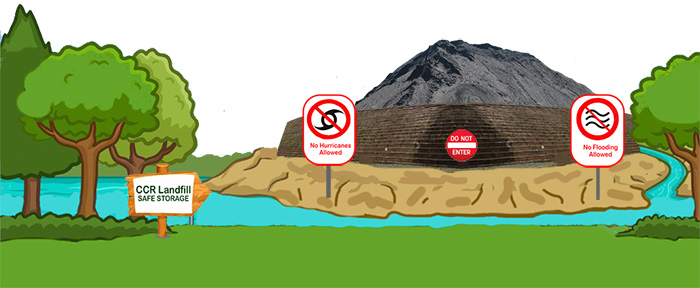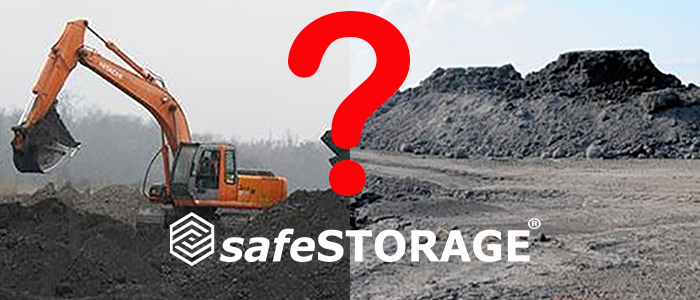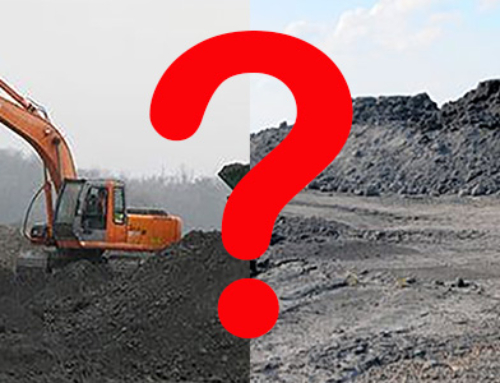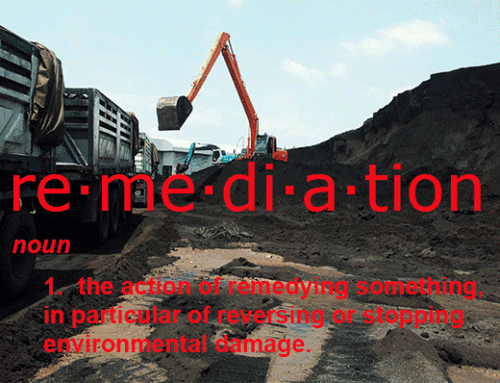It takes a village to solve the looming CCR storage issue.
In all discussions of coal ash disposition — either through beneficial reuse or keeping it intact but contained — the overriding concern is safety.
The cap-in-place solution has been solidly debunked from a safety standpoint. The market for beneficial use of coal ash in building products still lags far behind the over-abundance of legacy CCR. Yes, the market may eventually catch up, but leaving toxic CCR in the ground indefinitely while it waits for a new home isn’t an option.
Government regulations have necessitated more rapid and safe disposition, raising these questions for stakeholders:
- What method to use?
- How long will it take to implement?
- What will it cost?
New regulations in Virginia and North Carolina, and pending legislation in Illinois, are harbingers of what’s to come as utilities find themselves compelled by law to find innovative ways to dispose of their legacy CCR. Drying and excavation is a monumental challenge, but the challenge doesn’t stop there. Excavation results in large stockpiles that need to be properly stored. Indecision over how to proceed, or an inability to pick a middle path for all stakeholders, only compounds the problem.
When engineers in ancient Egypt cut and laid the first limestone block, they probably wondered if and when their project would ever end. But that didn’t stop them from marshalling their forces to stack block upon block for years until they finally had a pyramid.
Similarly, it’s the duty of all stakeholders in the CCR dilemma to rise up and conquer the challenges they face today, one site at a time, until no CCR is left behind.
If we take inspiration from the famous Nike slogan, “JUST DO IT,” resolutions to the most vexing problems become fairly straightforward:
“The impounded coal ash is too close to a waterway.” — MOVE IT.
“We don’t have enough land to store the impounded coal ash.” — FIND WAYS TO MAXIMIZE IT.
“We can’t beneficiate all the ash within the 15-year deadline.” — SAFELY STORE IT.
“Our on-site landfill is susceptible to hurricanes and flooding.” — SHORE IT UP.
“There’s no one solution that fits all.” — SO TACKLE IT WITH MULTIPLE SOLUTIONS.
“We don’t want to burden our ratepayers.” — FIND WAYS TO FIX IT THAT PROVIDE THE MOST BANG FOR THE BUCK.
“It costs too much to safely store this much coal ash.” — SHOW US WHY IT DOES.
Utilities have typically been less than transparent in divulging their methods and costs. Ironically, this has forced environmentalists and affected citizens to become much better educated and organized, making them potent potential allies equipped to bring new ideas to the table.
Now’s the time for everyone to come together, think together, and determine best practices for dealing with CCR in their communities. Whether it’s safe storage now to become inventory for future beneficial use, permanent on-site disposition or relocation, the answers are out there. It takes a village to find them.






